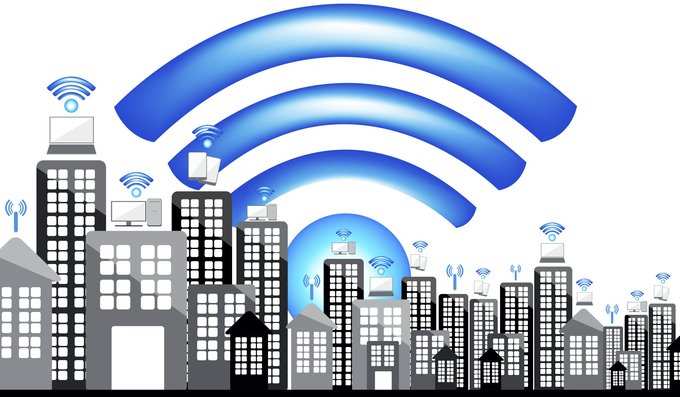
India currently has 31,518 WiFi hotspots, it is short of 8lakh
Where do we stand on Wi-Fi connectivity and what next deployment of Wi-Fi network?
Globally, the number of Wi-Fi hotspots surged more than six fold in the three years to 2016, while the increase in India has been only 12%. There is a big move towards data and demand will go up. With the new wave of data there will be four times jump in the demand for data in the next four years. We are still far behind on Wi-Fi connectivity in the country and there is a need for a strong policy and regulatory foundation since Wi-Fi in public places is still a new concept in India. The world average for WiFi hotspot today is one hotspot for 150 people. As per an estimate, for India to reach this goal, 8 lakh additional hotspots will have to be installed. So, this is the right time to resolve early challenges and risks for development of innovative models that support Wi-Fi enabled broadband connectivity and increase Wi-Fi adoption in public places.
Will Wi-Fi network address data connectivity issues of the country?
Yes. The first pillar of
Also Read: How the telecom regulator hosted a hackathon to solve consumer issues
What are the models you are looking at?
We are looking at many possible models, essentially something that can deal with high volumes with low cost. It should be able to provide uninterrupted connectivity throughout. We are also looking at Wi-Fi grid in the country fashioned like the solar grid. Wi-Fi hotspots can be easily built anywhere from telecom shops to kirana stores all across the country. Such a model can be a win-win situation for all. For telecom operators, it is an alternate avenue for data revenue, shops can earn revenue from their Wi-Fi spots and consumers will have uninterrupted data connectivity at an affordable rate. We are looking at pay -as -you go system where in order to access Wi-Fi all you need to have is a valid identity and payment instrument. We have suggested deployment of the Universal Payment Interface (UPI) of the National Payments Corporation of India for evolving a versatile payment mechanism. Any person should be able to get access to Wi-Fi services across internet service providers (ISPs) through any payment instrument, be it credit cards, payment wallets or bank accounts. The model also limits the exposure to the consumer’s funds as he can commit a certain amount for the service beyond which it is not possible for a service provider to charge him.
When do you see this implemented?
As the telecom regulator our job is to find solutions that the government can implement. We have floated the consultation paper that builds a strong case for boosting broadband availability through Wi-Fi in public places that can provide frictionless connectivity to consumers at a fraction of the price. We have invited industry views on policy/regulatory enablers needed for deployment of ubiquitous citywide Wi-Fi networks and delicensing of more mobile airwaves to deepen broadband penetration. We have also invited feedback on whether any regulatory and licensing hurdles could potentially hinder growth of Wi-Fi in public places. We are seeking views on measures required to encourage interoperability between cellular and Wi-Fi networks and also between Wi-Fi networks of multiple service providers in India and overseas. We want to see if public Wi-Fi hotspots can be built by entrepreneurs or entities and not just telecom operators. It is going to be important to find out the challenges faced in the authentication procedure for access to Wi-Fi hotspots and ways to ensure simplified access for all consumers. We are also planning discussions across the technical experts, finance experts, ICT experts, and manufacturers to find the best suited model for India. The time frame will be governed by the enthusiasm shown by all these players.
Image Source